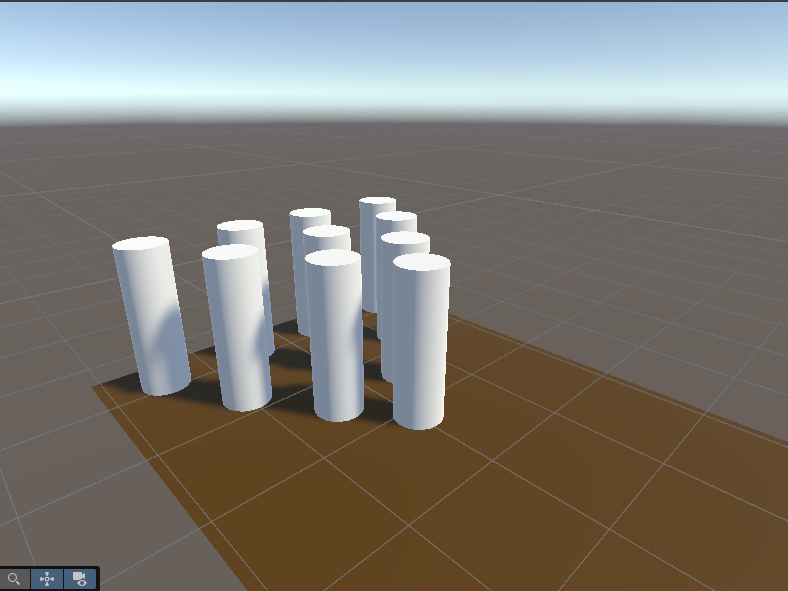Storytelling is an important prototyping tool for designers. Before we can start talking about the place of storytelling in the prototyping process we need a better understanding of that process as a whole. There is a fundamental paper about the role of prototypes in the design process: what do prototypes prototype -houde.pdf
For the next class please pick out 3 quotes from the paper and write 1 paragraph response for each.
"Selecting the focus of a prototype is the art of identifying the most important open design questions."
This quote of the chapter caught my eye, because when I read this, it got me thinking what that sentence really mean. After I gave it some thought, I thought of what the focus is. If the focus is on how to gain user engagement rate, then the focus of the prototype should be finding ways on how to achieve that goal, whether that be adding animations on a screen for UX prototypes, add audio, and more. So I think this statement holds truth in it and that I agree with it. When a designer is able to do this, then that designer is what I consider a irreplaceable asset to the company.
"Prototypes are not self-explanatory: looks can be deceiving. "
I think this does not seem obvious at first, but I have mixed feelings about this quote. Sometimes a prototype might look like what users expect that prototype to do, and I think that this is something human nature, we tend to solve problems on our own and try to figure out a a problem when given one. My thought on this quote is that 1. Designers of the prototype have to elaborate the functionality of the prototype to the user so that users can freely interact with it, and explain how to use the prototype. I think the prototype should be tested to the desired audience for the testing to go smoothly, if not there will be friction. 2. I think that prototypes should be intuitive, if not, then I think the prototype is a failure, is made in the wrong medium, or is just a poorly designed prototype. I think the function of a prototype is to quickly and easily demonstrate what we designers want users to do without guidance, and receive feedback on what could be done better to improve the final design, not to confuse users.
"Everyone has different expectations of what a prototype is."
When reading this quote, I had to step back and think of what the author meant when he wrote this. I took a pause and thought about what other people might think what a prototype might look like to them. This idea of not everyone having the same expectations of what a prototype looks like hit me as I continued reading the chapter. A lot of people DO see prototypes differently and I think it is important for us designers to have this expectation checked regularly. I think it's good to know that people have different expectations of what a prototype is because we all have different needs and skills. It's also good to think about how different companies have different expectations of what a "complete" prototype looks like in different departments. At the end of the day, I think everyone on the team should discuss what a prototype looks like to them so that everyone is on the same page and thus, improve the productivity of the assignment.










